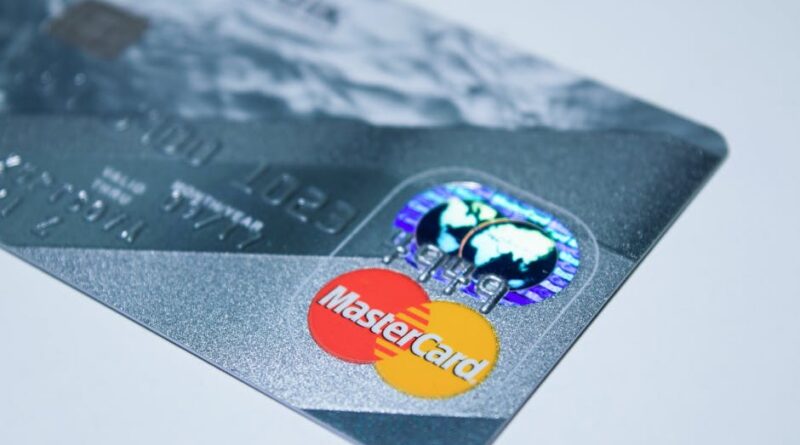Credit Utilization Ratio Mastery: 9 Smart Insights for Boosting Your Financial Profile in 2025
In today’s fast-paced financial world, maintaining a strong credit profile is crucial for everything from securing loans to earning rewards on credit cards. One often overlooked yet powerful factor influencing your credit score is the credit utilization ratio. This metric represents the percentage of your available credit that you’re currently using and can significantly affect your overall financial standing. Understanding and optimizing your credit utilization ratio can lead to lower interest rates, higher approval odds, and greater financial flexibility.
Table of Contents
What Is Credit Utilization Ratio and Why It Matters
The credit utilization ratio is a key component of your credit score, accounting for about 30% of the total under major scoring models like FICO and VantageScore. It measures how much of your total credit limit you’re using across all your revolving accounts, primarily credit cards. Lenders view a low ratio as a sign of responsible credit management, indicating you’re not over-reliant on borrowed funds.
Why does this matter? A high credit utilization ratio can signal risk to lenders, potentially leading to denied applications or higher interest rates. Conversely, keeping it in check demonstrates financial discipline. For instance, if you’re planning to apply for a mortgage or auto loan, a favorable credit utilization ratio can make the difference in approval and terms.
Recent data from credit bureaus shows that consumers with ratios under 30% enjoy average credit scores 50-100 points higher than those exceeding 50%. This metric isn’t just a number; it’s a window into your borrowing habits and can influence everyday financial decisions.

Moreover, in an era of rising interest rates, mastering your credit utilization ratio becomes even more vital. It affects not only your score but also the cost of credit over time. By prioritizing this factor, you position yourself for long-term financial success.
How to Calculate Your Credit Utilization Ratio
Calculating your credit utilization ratio is straightforward once you gather the necessary data. Start by adding up the total credit limits across all your credit cards and other revolving accounts. This gives you your overall available credit.
Next, sum the balances on those accounts. The formula is simple: (Total Balances / Total Credit Limits) x 100. For example, if you have $20,000 in total limits and $4,000 in balances, your ratio is 20%. Remember, this is typically calculated monthly by credit bureaus, so timing matters.
It’s worth noting that both overall and per-account ratios play a role. While the aggregate is most important, individual card utilization can also impact your score if one card is maxed out. Tools like free credit monitoring services can automate this calculation for you.
Understanding this process empowers you to track changes proactively. Regular reviews, perhaps quarterly, help identify trends and adjust spending accordingly. This knowledge is foundational for anyone serious about credit health.
In practice, many people overlook unused lines of credit. Requesting a credit limit increase can instantly lower your ratio without additional spending, but be cautious of hard inquiries that might temporarily ding your score.
Optimal Credit Utilization Ratio Levels for 2025
Financial experts recommend keeping your credit utilization ratio below 30% for optimal results. Ideally, aim for under 10% to maximize your score potential. These thresholds aren’t arbitrary; they’re based on scoring algorithms that reward low usage.
In 2025, with economic uncertainties like potential rate hikes, maintaining a low ratio provides a buffer. Lenders increasingly scrutinize this metric during approvals, especially for high-value loans. A ratio above 50% can drop your score by up to 100 points, per FICO studies.
Per-account utilization is equally critical. Even if your overall ratio is low, maxing out one card can harm your profile. Diversifying usage across cards helps mitigate this risk.

For those with multiple cards, strategic allocation of spending keeps individual ratios in check. Monitoring via apps ensures you stay within bounds. This approach not only boosts scores but also enhances reward earnings without penalties.
Seasonal factors, like holiday spending, can spike ratios temporarily. Planning ahead by paying down balances mid-cycle prevents lasting damage. Consistency here yields compounding benefits over time.
Strategies to Lower Your Credit Utilization Ratio
Lowering your credit utilization ratio requires intentional actions. First, pay down existing balances aggressively. Focus on high-utilization cards to see quick improvements in your score.
Another effective tactic is to request credit limit increases on well-managed accounts. This expands your total limits, reducing the ratio without cutting spending. However, avoid new applications that trigger inquiries.
Consider balance transfers to 0% APR cards for temporary relief. This strategy, detailed in our guide on benefits of balance transfer cards, can consolidate debt and free up space on primary cards.
Timing payments is key—make multiple payments per month to keep reported balances low. Automating this ensures consistency. For deeper insights, explore credit score factors that interplay with utilization.
Avoid closing old accounts, as this reduces available credit and raises your ratio. Instead, keep them open and use lightly for positive history. Combining these with budgeting tools accelerates progress.
Building new credit responsibly, like adding an authorized user, can also help if managed well. Track progress monthly to adjust strategies. Over time, these steps transform your financial profile.
Incorporate side income to accelerate payoffs. Our article on best side gigs for extra income offers practical ideas to boost cash flow and tackle debt faster.

Common Mistakes and FAQs on Credit Utilization
One common pitfall is ignoring per-card ratios, leading to uneven impacts on scores. Another is applying for new credit impulsively, which can increase utilization if limits aren’t immediately available. Always review statements before closing cycles.
Misunderstanding how bureaus report balances is frequent—pay before the statement date to report zeros. Closing accounts post-payoff is tempting but counterproductive for utilization.
FAQs: How often is credit utilization updated? Monthly, based on statement balances. Does it affect secured cards? Yes, they’re included in calculations. Can utilization alone fix a low score? It’s influential but works best with other factors like payment history.
For official guidance, refer to the Consumer Financial Protection Bureau on credit scoring.
Addressing these errors head-on prevents setbacks. Regular education, perhaps through resources on paying off credit card debt, builds lasting habits. Ultimately, a vigilant approach to credit utilization ratio ensures financial resilience in 2025 and beyond.
By integrating these insights, you’ll not only optimize your ratio but also enhance overall creditworthiness. Stay proactive, monitor diligently, and watch your financial opportunities expand.




